Red light therapy, often referred to as "red light," is a non-invasive therapeutic technique that uses low levels of red light to treat various conditions and promote skin health. This type of therapy has gained popularity for its versatility and at-home use, offering benefits ranging from improving skin appearance to reducing inflammation and relieving pain. Using specific wavelengths of red and near-infrared light, red light therapy works by delivering light energy to targeted areas of the body, stimulating cellular processes and encouraging healing.
How Red Light Therapy Works
Red light therapy uses low levels of red and near-infrared light, typically delivered through LEDs, laser light, or light therapy panels. The light penetrates the skin’s surface and reaches the mitochondria within cells. Known as the "powerhouse" of the cell, the mitochondrion absorbs the light energy and converts it into cellular fuel, enhancing energy production. This process, called photobiomodulation therapy, boosts cellular repair and regeneration, leading to a variety of potential health benefits.
The wavelengths of red light typically range from 630nm to 660nm, while near-infrared light spans 800nm to 850nm. These specific wavelengths of light are crucial as they determine how deeply the light penetrates the skin and underlying tissues. Research suggests that red light therapy appears to enhance blood flow, reduce inflammation, and improve tissue repair.
The Benefits of Red Light Therapy Lamp
1. Skin Health
One of the most well-known benefits of red light therapy is its positive impact on skin health. By promoting collagen production and reducing inflammation, red light therapy treatments can help treat some skin conditions, such as acne, eczema, and psoriasis. It’s also used to minimize wrinkles, fine lines, and sun damage, making it a popular choice for anti-aging therapies.
2. Pain Relief
Red light therapy may help relieve pain by reducing inflammation and promoting tissue repair. This therapeutic technique is commonly used to alleviate muscle soreness, joint pain, and even chronic conditions like arthritis. The ability of red and infrared light to penetrate deeper tissues makes it a preferred option for targeting painful areas of the body.
3. Enhanced Recovery
Athletes and fitness enthusiasts often use red light therapy for its recovery benefits. Evidence suggests that red light therapy reduces muscle fatigue and accelerates healing after intense physical activity. This makes it a valuable tool for individuals seeking faster recovery and enhanced performance.
4. Mental Health and Sleep
Some studies indicate that red light therapy may positively affect mental health and sleep quality. By regulating the body’s circadian rhythm and reducing stress, this light treatment could improve overall well-being.
Risks and Considerations
While red light therapy is generally safe, there are some risks and considerations to keep in mind. For instance, overexposure to light or incorrect use of devices for home treatments can lead to adverse effects, such as skin irritation or eye discomfort. Using proper eye protection is crucial when operating a red light device, particularly if it emits near-infrared light.
Additionally, red light therapy isn’t intended to diagnose or treat serious medical conditions. Although the therapy has been studied for its potential benefits, more research is needed to confirm its effectiveness for certain applications. Individuals with specific health conditions should consult a healthcare provider before using devices at home.
How to Use Red Light Therapy Lamp at Home
Red light therapy at home is made easy with portable red light therapy devices and light therapy panels. These at-home devices vary in size and intensity, allowing users to target specific areas of the body or enjoy full-body red light therapy sessions. Here are some tips for effective at-home use:
- Choose the Right Device: Look for a light therapy device at home that offers specific wavelengths of red and near-infrared light.
- Follow Guidelines: Always follow the manufacturer’s instructions for using the device.
- Duration and Frequency: Sessions typically last 10-20 minutes and should be done consistently over weeks or even months to see noticeable results.
- Eye Protection: Wear protective goggles to avoid any potential damage from prolonged light exposure.
The Science Behind Red Light Therapy
Red light therapy uses low levels of red and infrared light to stimulate cellular processes. The light’s specific wavelengths interact with the skin and underlying tissues, promoting healing and reducing inflammation. This type of light treatment is also known as photobiomodulation therapy and has been studied for its potential in addressing various conditions.
A near-infrared LED emits light at a wavelength that penetrates deeper into tissues, targeting areas like muscles and joints. On the other hand, red and near-infrared light therapy focuses on surface-level treatments, such as improving skin texture or reducing redness. Light energy from these devices supports cellular regeneration and encourages the production of collagen and elastin.
Comparing Red Light Therapy with Other Therapies
While red light therapy is often compared to blue light therapy, they serve different purposes. Blue light is typically used to treat acne by targeting bacteria on the skin’s surface, while red light therapy works deeper to address inflammation and stimulate healing. Laser therapy is another alternative, using a concentrated light source to treat specific conditions. Although effective, laser therapy can be more expensive and may require visits to a doctor’s office.
Red light therapy is also distinct from UV light, which can damage the skin. Unlike UV, red light therapy uses wavelengths of red and near-infrared light that are safe for the skin and do not cause harmful side effects when used correctly.
What to Expect from Red Light Therapy
When using devices at home, results from red light therapy treatments may not be immediate. It often takes weeks or even months of consistent use to notice significant improvements. The therapy’s effectiveness depends on factors such as the type of light used, the condition being treated, and individual responses.
Customer reviews suggest that red light therapy products are generally well-received, with many users reporting improvements in skin health and reduced pain. However, it’s important to note that red light therapy isn’t a one-size-fits-all solution and may not work for everyone.
Popular Applications of Red Light Therapy
- Skin Rejuvenation: Red light therapy panels are commonly used to enhance skin health and reduce signs of aging.
- Pain Management: Devices for home use target areas of the body experiencing pain or inflammation.
- Post-Workout Recovery: Full-body red light therapy helps athletes recover faster after strenuous workouts.
- Improving Sleep: Light exposure from red light therapy may help regulate sleep patterns and improve overall rest.
Red Light Therapy Isn’t a Miracle Cure
Although red light therapy uses low levels of red and near-infrared light to promote healing and relieve pain, it’s not a miracle cure. This type of therapy works best when used as part of a comprehensive health plan and under the guidance of a healthcare professional. The benefits of red light therapy are still being explored, and further studies are needed to confirm its effectiveness across different applications.
The UV lamp for the face is your reliable assistant in the fight against age—related skin changes. With its help, you can easily and effectively take care of your skin. You can buy this device at the best price in our store.
Conclusion
Red light therapy is a versatile and non-invasive treatment that uses low levels of red light to promote healing and improve skin health. By delivering specific wavelengths of light to targeted areas of the body, it stimulates cellular processes and encourages recovery. With at-home devices now widely available, many red light therapy users enjoy the convenience of treating themselves in the comfort of their homes.
However, while red light therapy may offer numerous benefits, it’s essential to approach it with realistic expectations and proper safety measures. Consulting a healthcare provider and following device instructions can ensure effective and safe use. Whether you’re looking to relieve pain, rejuvenate your skin, or enhance recovery, red light therapy could be a valuable addition to your wellness routine.

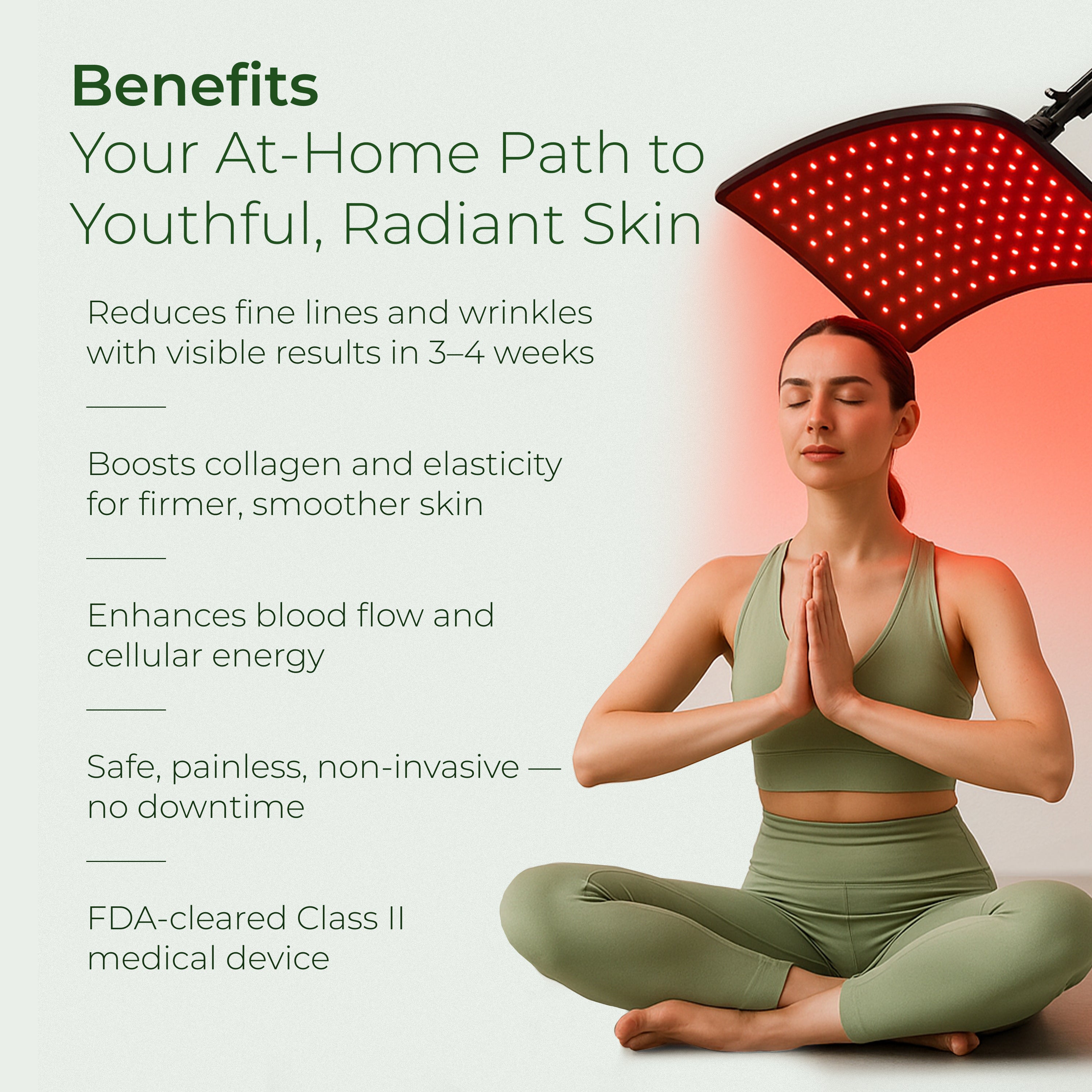
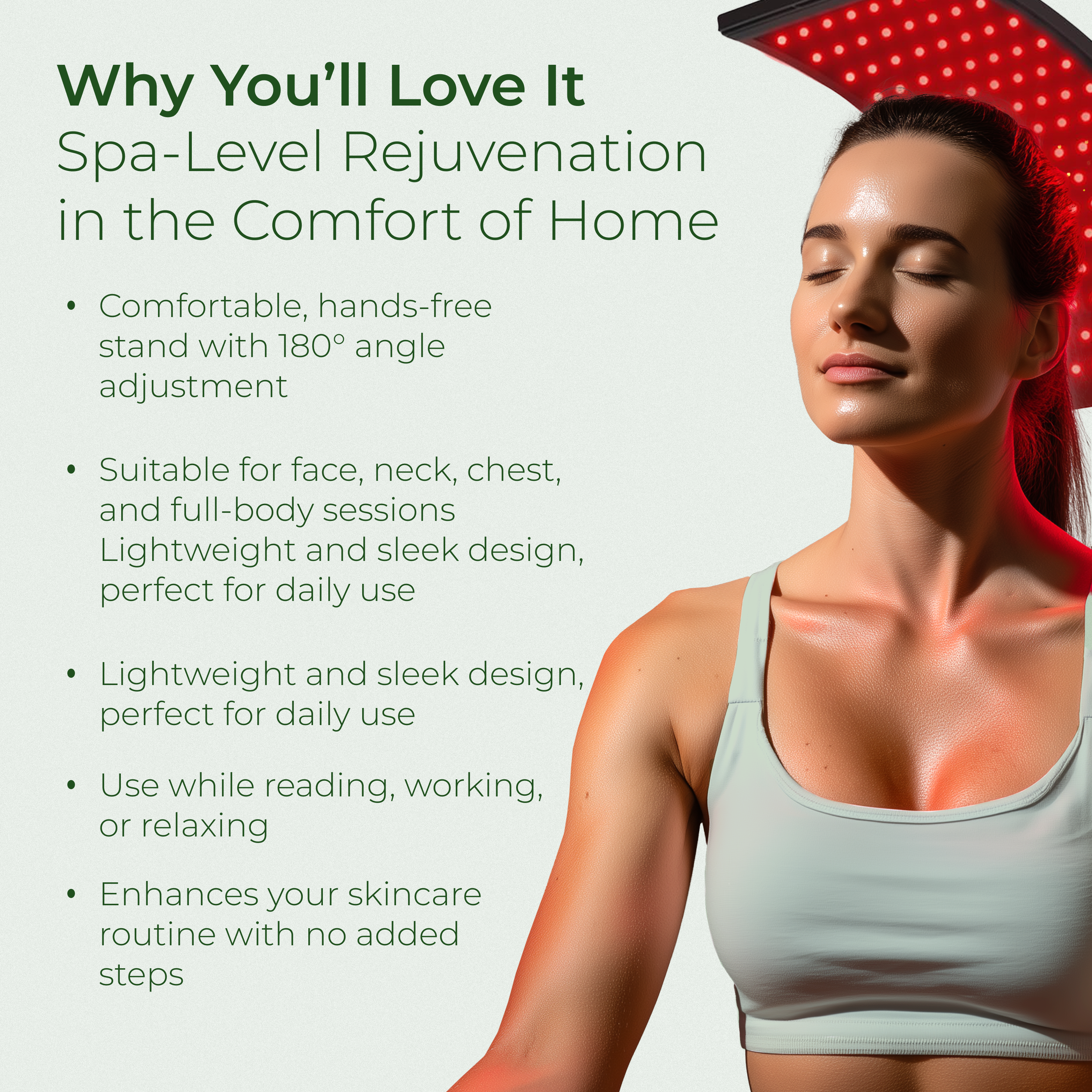
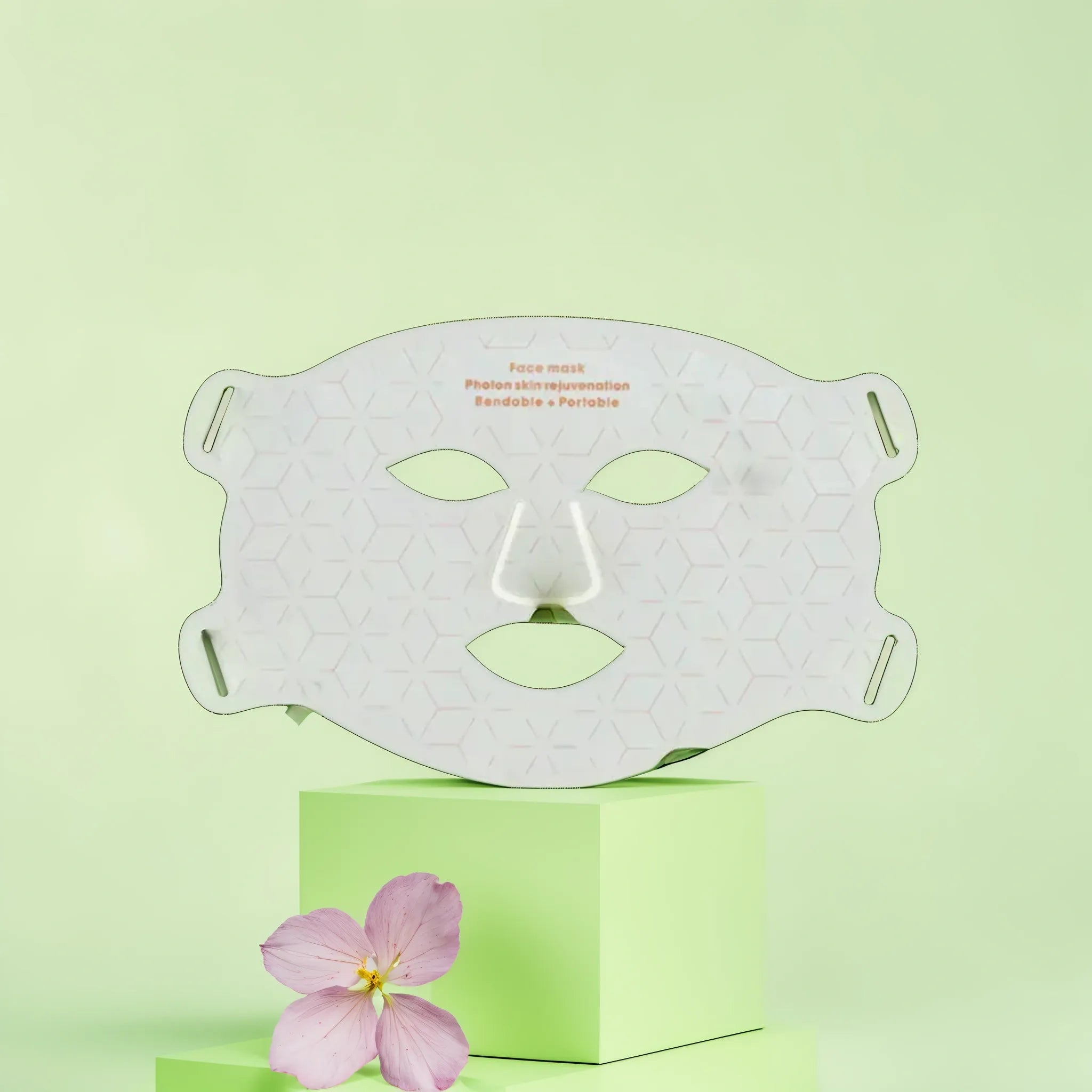
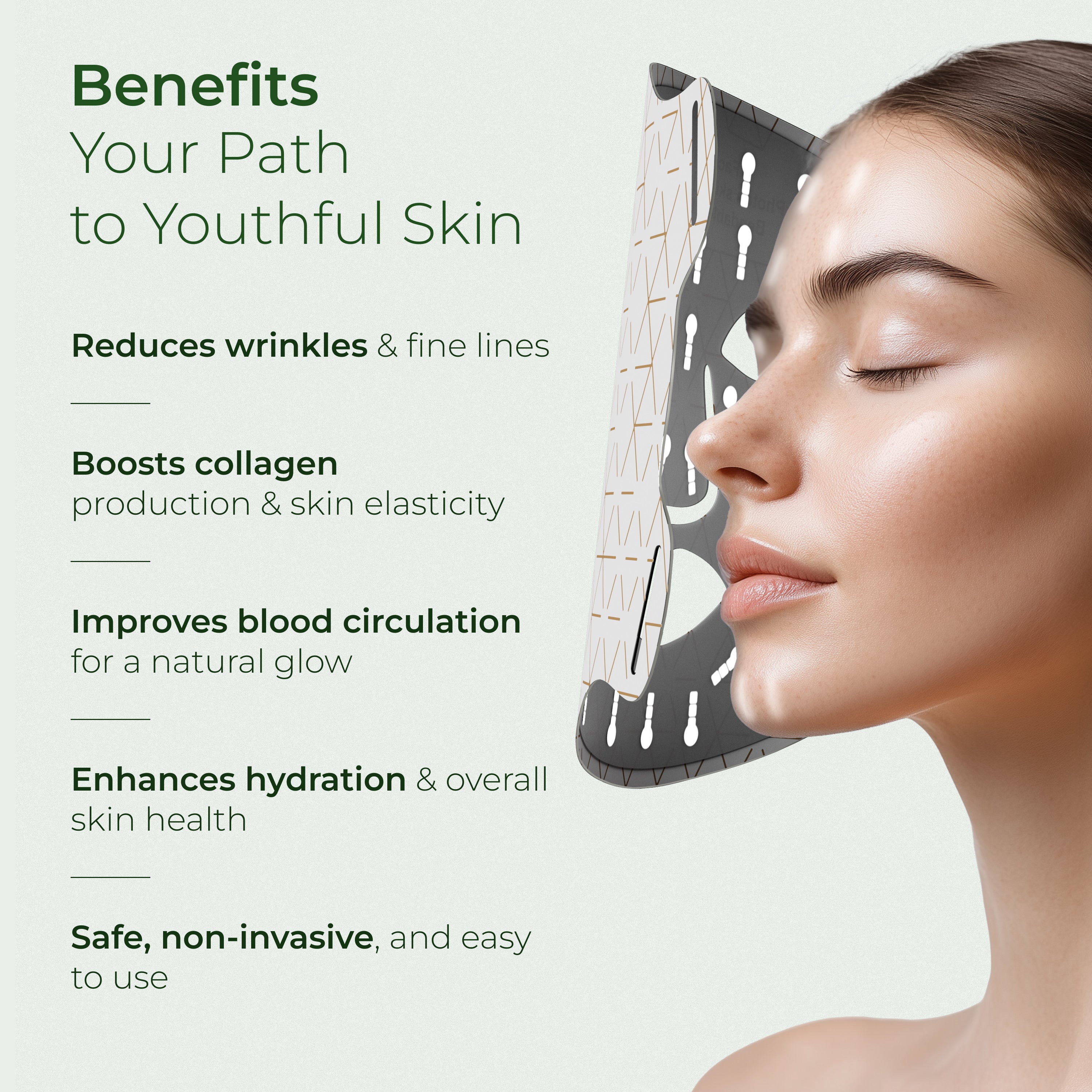


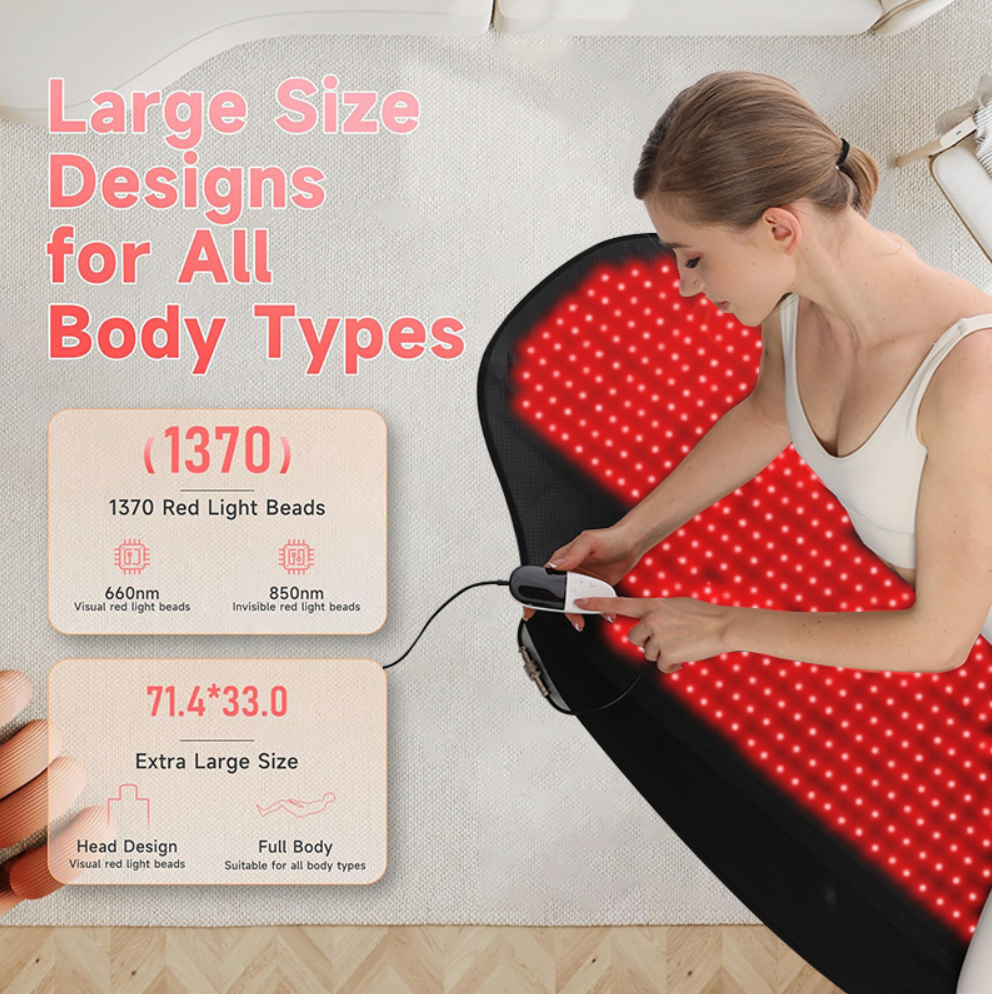
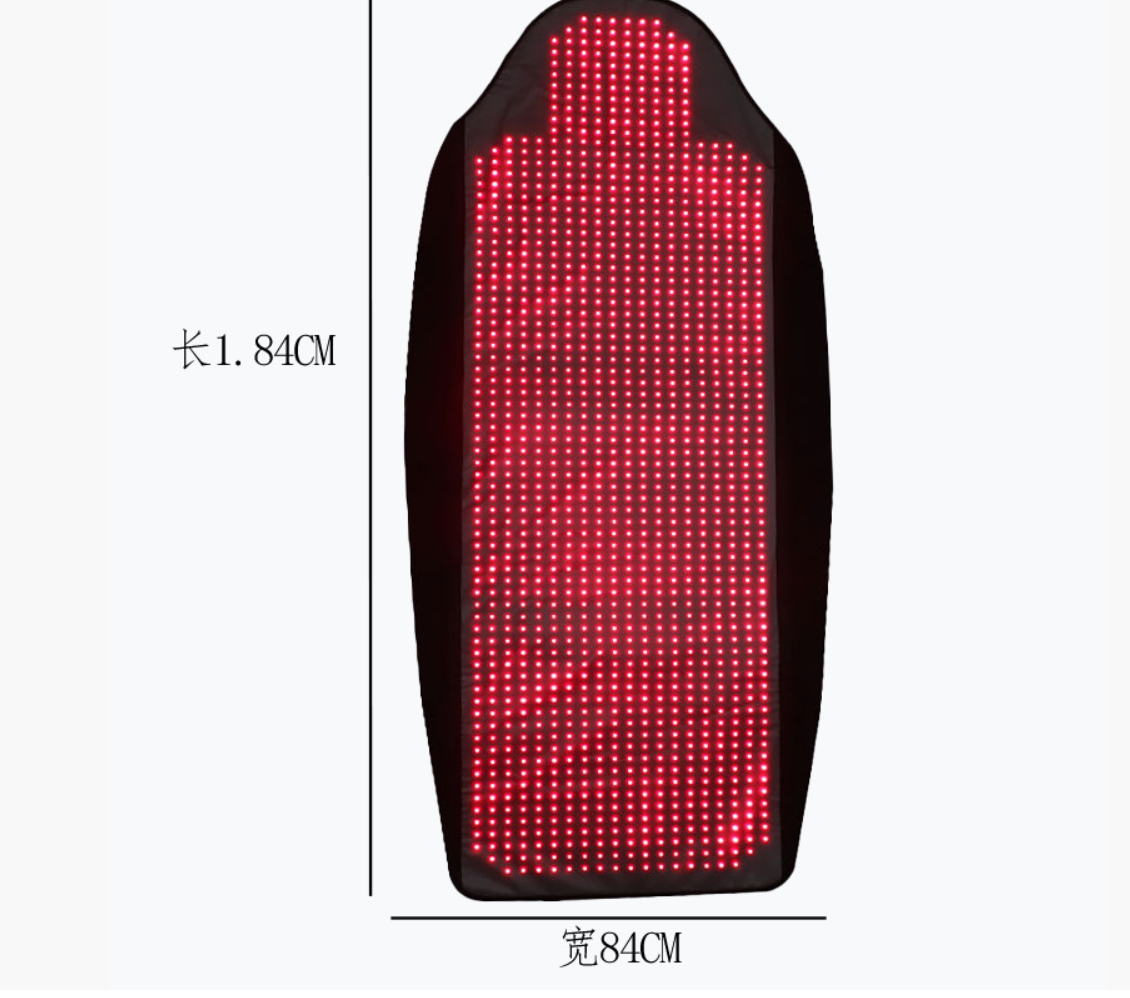
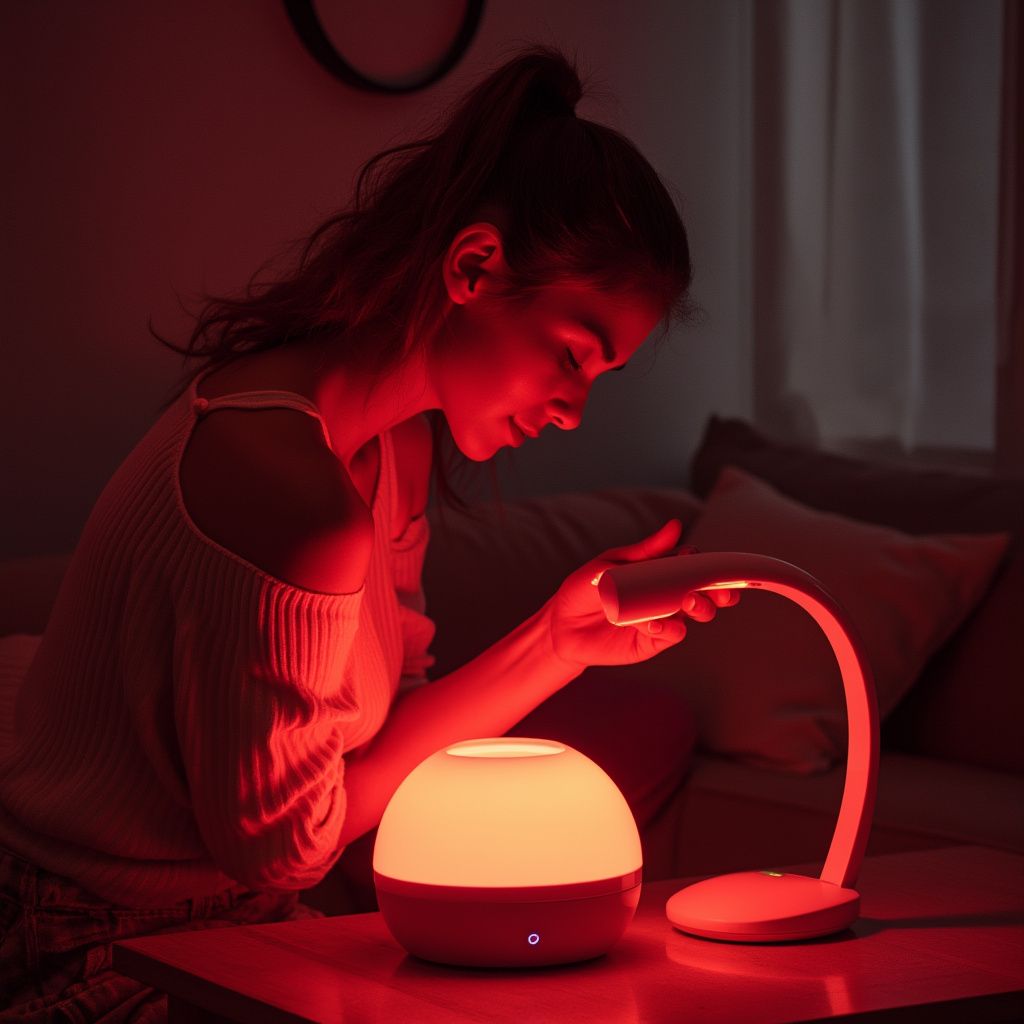
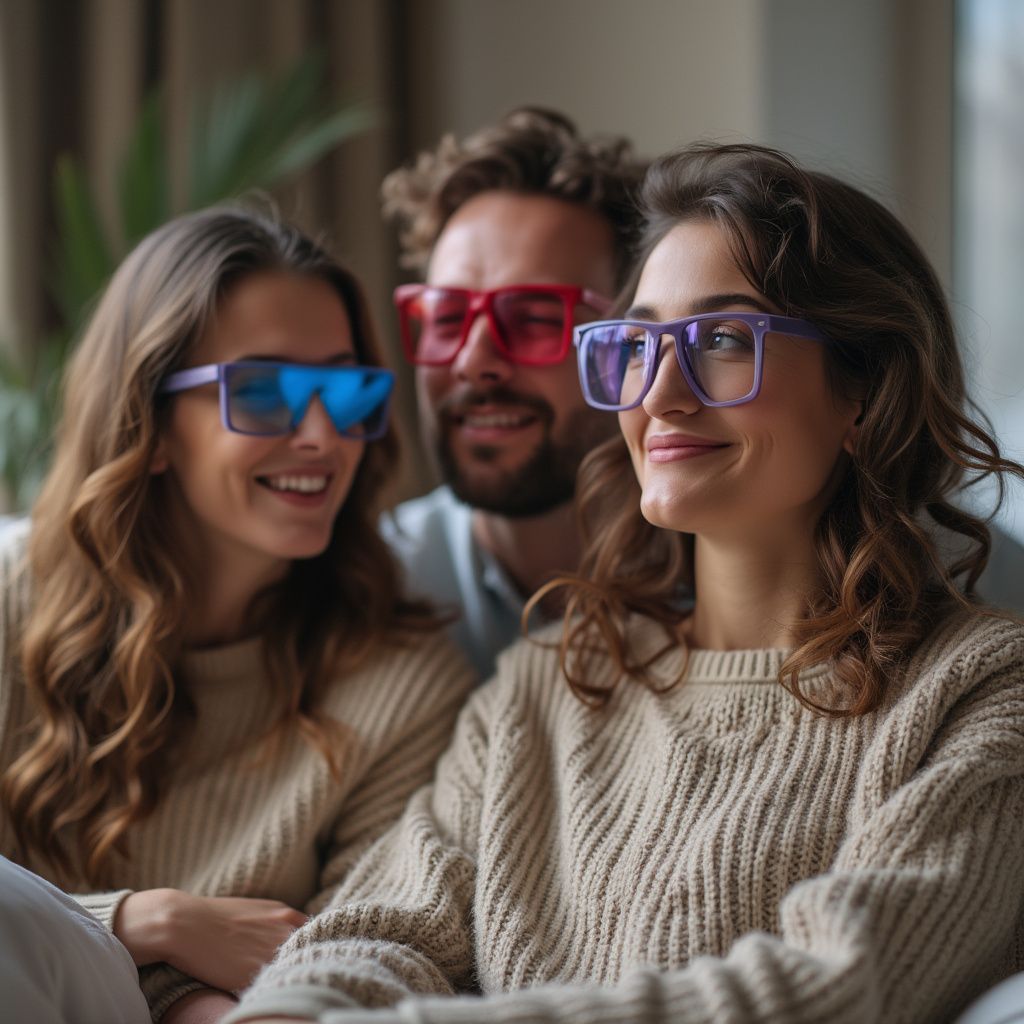

Leave a comment
This site is protected by hCaptcha and the hCaptcha Privacy Policy and Terms of Service apply.